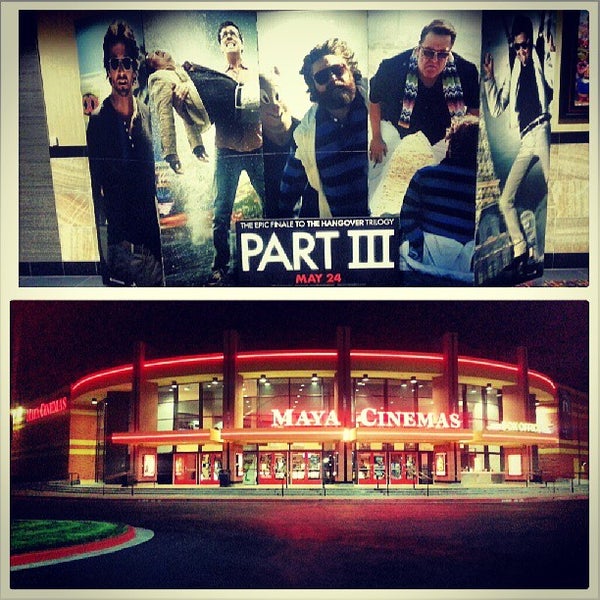

MAYA CINEMA SEATING SOFTWARE
Since the previous release, Chaos has changed its licensing model for V-Ray, making the software subscription-only, but with subscription licences now working across a range of host applications, not one. Subscriptions now work across eight other host applications In addition, support for USD – introduced to V-Ray 5 for Maya – has been extended with support for VDB volume shaders in USD, and the option to export V-Ray materials as USD Preview Surfaces.
MAYA CINEMA SEATING WINDOWS
In the initial release, it is limited to the Windows and Linux editions of the software, and does not support V-Ray GPU or several advanced material types, including the car paint, Fast SSS, OSL and GLSL materials. It tracks the time taken to render each material in a scene, breaking the result down into categories by calculation type, including initialisation and calculating GI, reflections and refraction. New V-Ray Profiler identifies rendering bottlenecksĬhanges unique to the Maya edition include the V-Ray Profiler, a new tool for identifying bottlenecks in scene rendering in order to optimise material settings. The V-Ray Frame Buffer (VFB) also gets a number of new features, including support for viewing spherical panoramas, and a new Proportion Guides Layer to help with scene composition. In addition, interactive renders can now use the Light Cache GI, making IPR and production renders identical.

Other lighting changes include the new Finite Dome mode for the V-Ray Dome Light, for fine tuning light projection onto ground surfaces via three new settings: Radius, Projection height and Ground blend settings. VRaySky, V-Ray’s physically accurate sky system, gets support for procedural clouds: a feature based on technology from real-time rendering firm Enscape, with which Chaos merged this year. Texture projection system VRayDecal now supports displacement maps. In addition, energy compensation has been implemented in the GTR BRDF, which should fix a long-standing issue in which reflections appear unrealistically dark at very low glossiness values. There is also a new implementation for SSS mode, which should speed up rendering of translucent materials. VRayMtl, the standard V-Ray material, gets a new integrated Thin Film layer for creating iridescent materials like soap bubbles and oil spills: effects previously only achievable via an OSL shader. Updates to VRayMtl, VRaySky, the Dome light and the VFB Suggested use cases range in scale from fences to chainmail and rattan to the micro-structure of fabrics. Unlike instancing, no extra memory is used by the repeating geometry – only the source mesh is loaded – making it possible to have “billions of polygons without any impact on the memory consumption”. Major new features include the VRayEnmesh modifier, which covers the surface of an object with repeating geometry, in a way analogous to tiling a texture. The release makes Maya the second host application to get the new features from V-Ray 6, following the release of V-Ray 6 for 3ds Max earlier this year. V-Ray Enmesh generates repeating surface geometry without instancing New features in the latest major version of the renderer include V-Ray Enmesh, Chaos’s system for repeating geometry across the surface of an object without instancing, and procedural clouds in V-Ray Sky.Ĭhanges unique to the Maya edition include a new V-Ray Profiler for identifying rendering bottlenecks in scenes, and extended USD support, including support for VDB volume shaders in USD.įull disclosure: the beta was actually released last month, but we only spotted it while working on a story on V-Ray 6 for Cinema 4D, which has also just been released in open beta. Scroll down for news of the public release.Ĭhaos has released V-Ray 6 for Maya in open beta.


 0 kommentar(er)
0 kommentar(er)
